Perhaps for me the greatest take away from teamlab was the mentality in which they choose to approach their art.
Ar t that makes people happy.
Teamlab’s ideology is a response to the modern world looking into the art world. It is a reaction to the instagram culture, to the generation of people who grew up with digital technology in the palms of their hands. It is not just ‘cool’ , or ‘fun’.
Teamlab’s art, unlike most art nowadays, is relevant.
While unlike certain art works, teamlab doesn’t simply strive to say big things with big ideas and big words, it is a reflection on the old , blending in old Japanese aesthetics and values into modern technology to create a harmony not quite often seen. It is inclusive, anyone can enjoy and appreciate what they have created. It social. We do not simply frown in front of a canvas wondering what does this mean, while projecting our own thoughts on to it. Teamlab simply ask us to come together and enjoy.
I have heard artists respond to that idea with a kind of rejection. Some might argue that art is supposed to make you think, not make you happy. I can understand where these people are coming from, yet i disagree with them.
The act of thinking need not to be a traumatic experience that is disturbing. In the serene world that was so beautifully constructed, I found myself wondering and reflecting about the beauty of the world, slowly watching water level rises with a warning of what is to come. I left the space a second time feeling just as amazed as the firs time I’ve seen the works. It is not the merely that the works were interactive, but as a whole the works provided insight into a world carefully crafted in the minds of these amazing people, and they continue to rebuild and reconstruct this worlds.
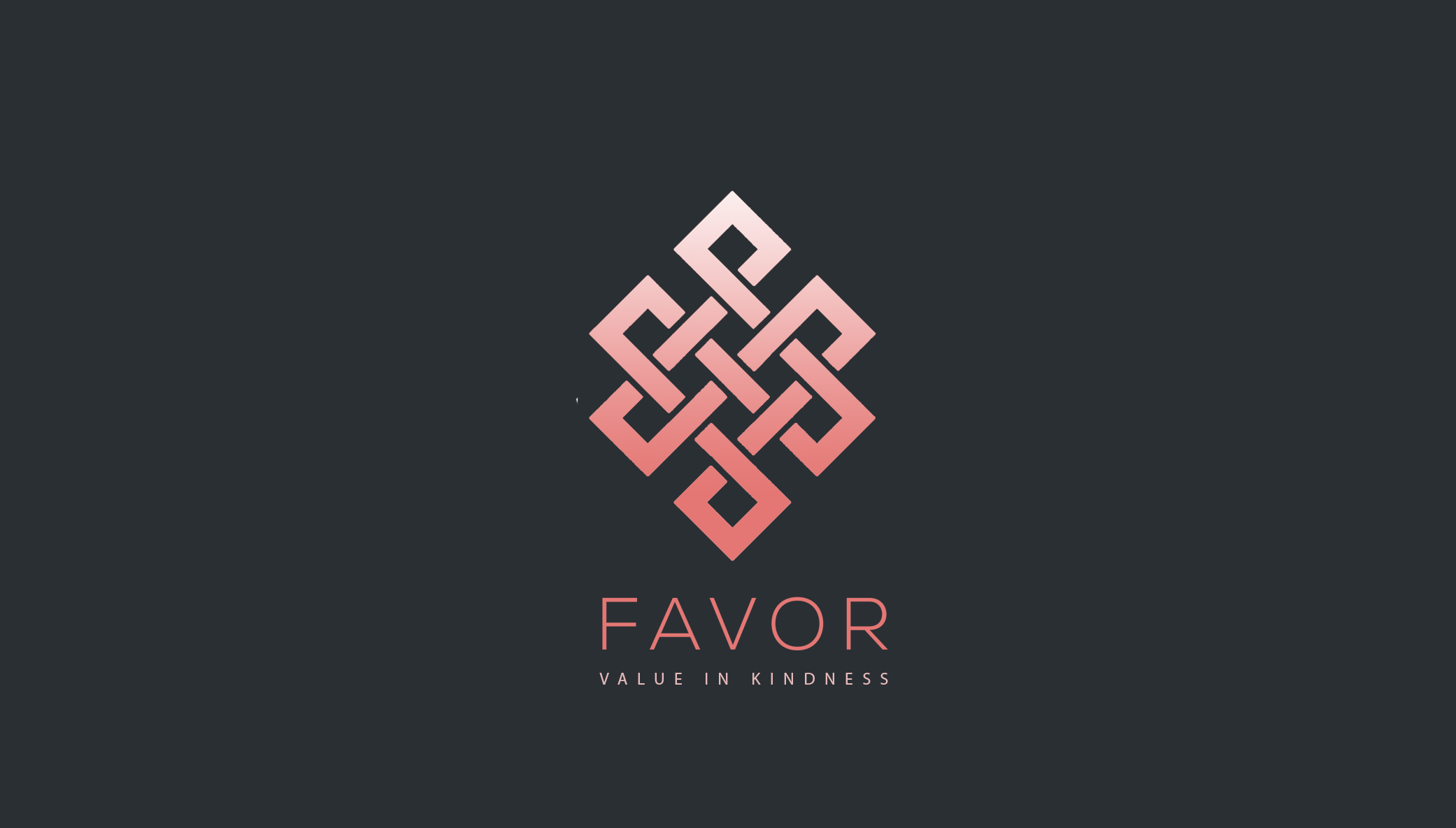

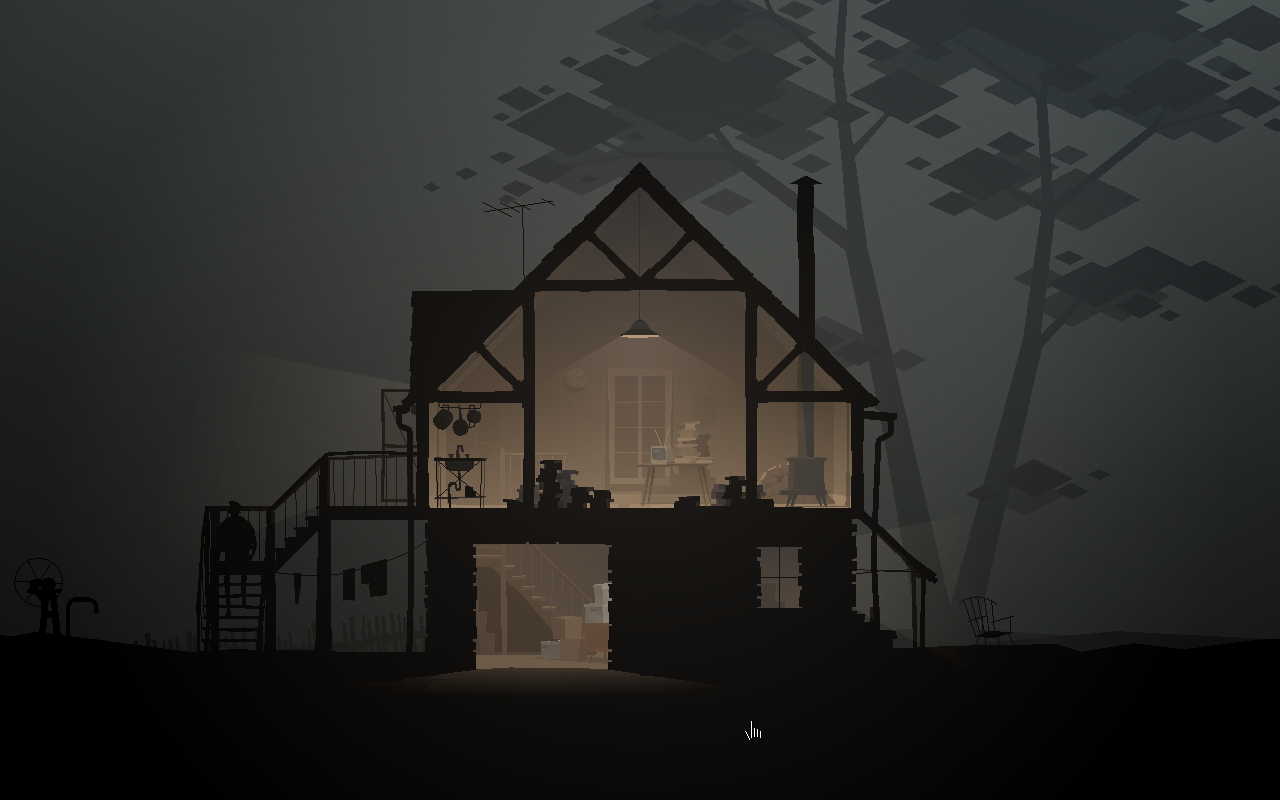
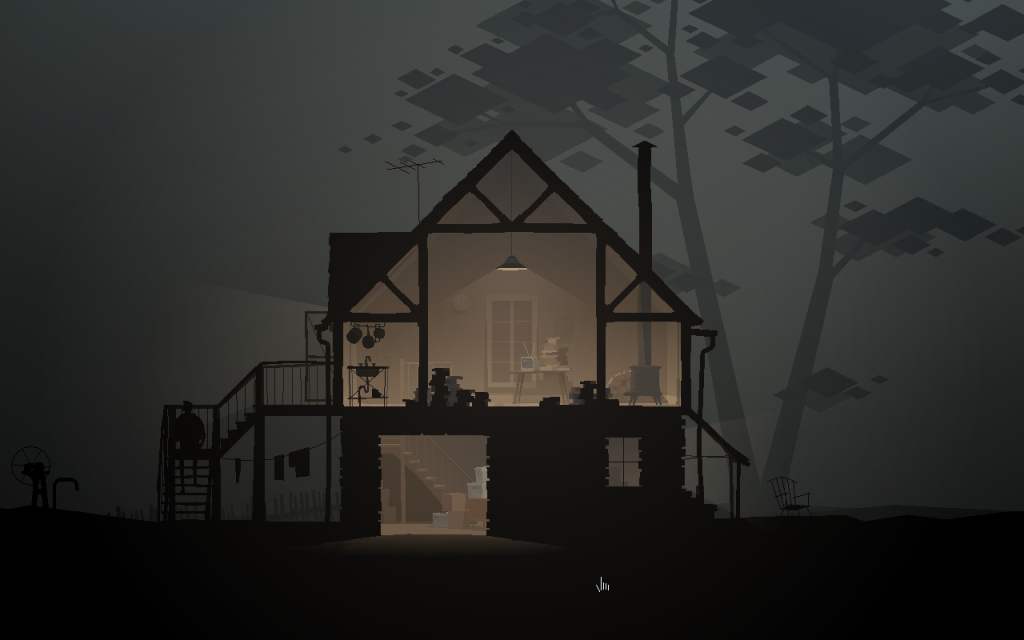
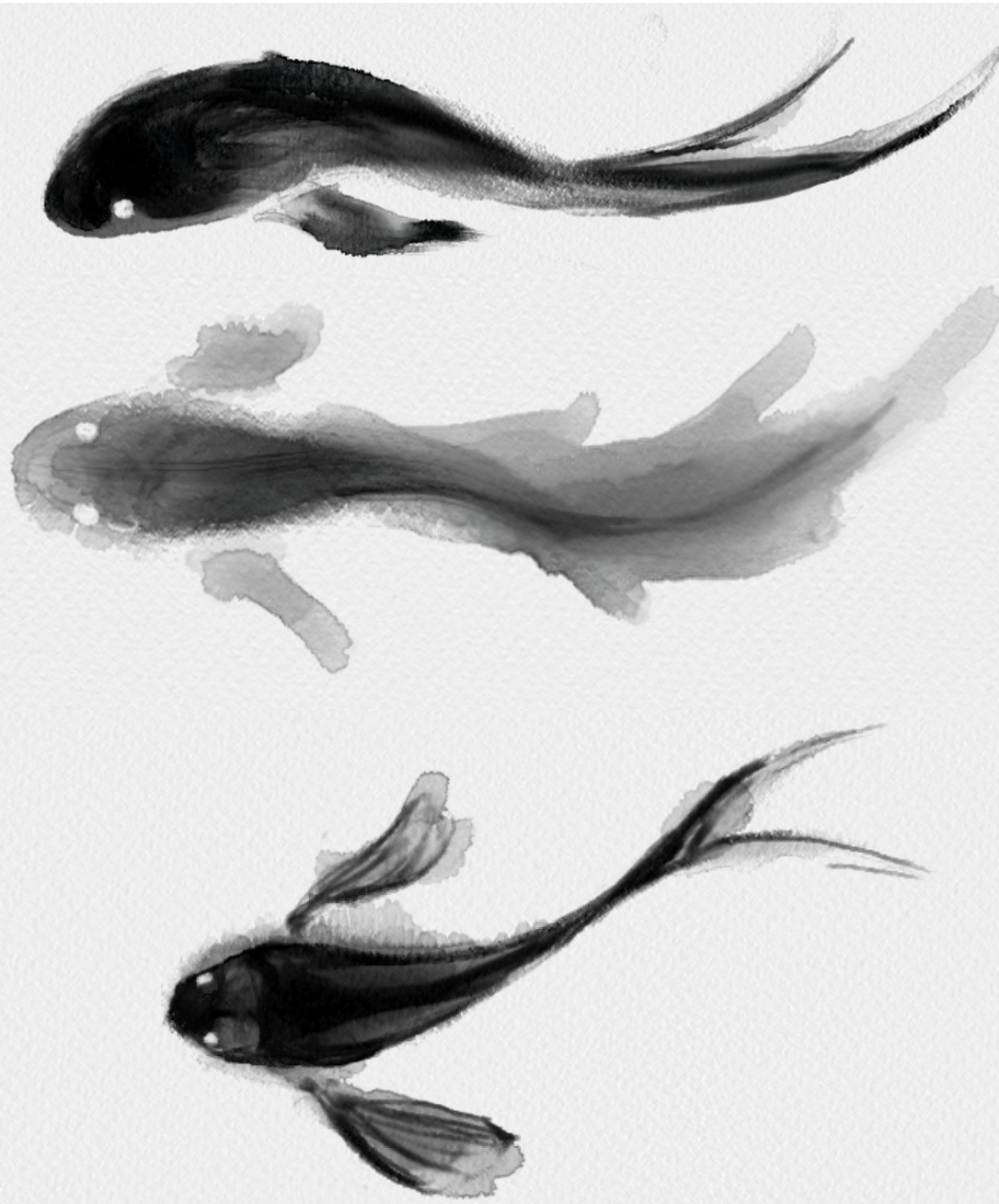

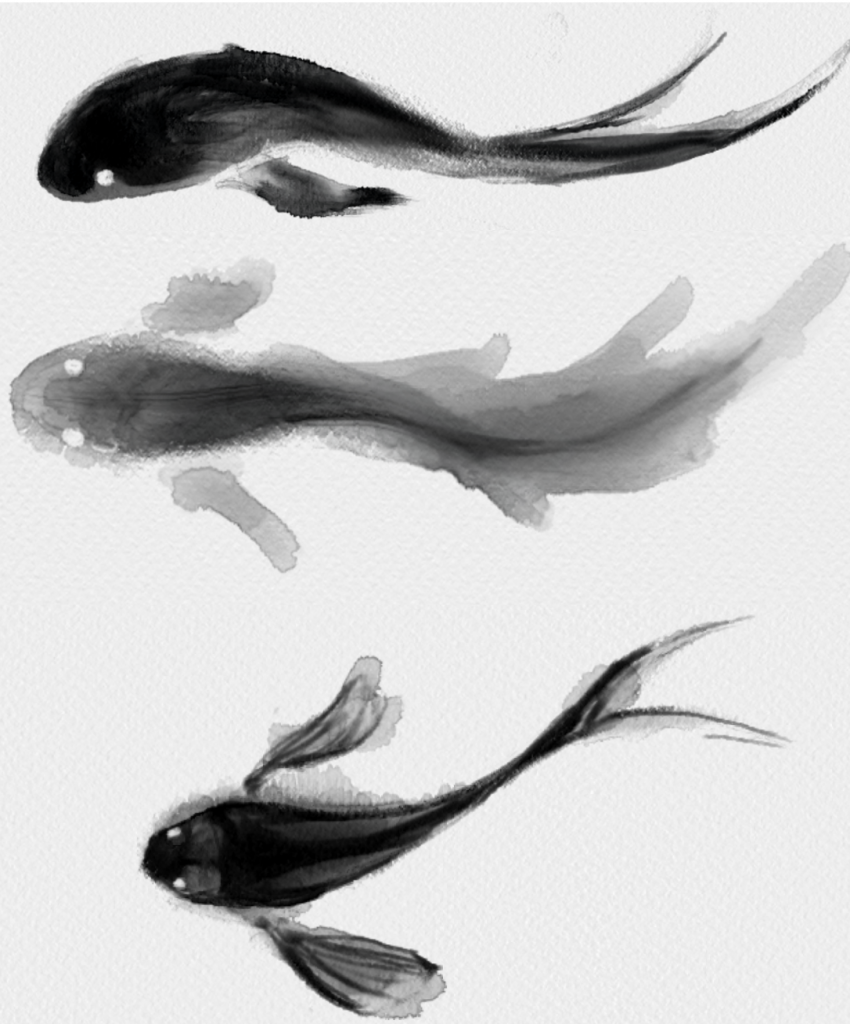
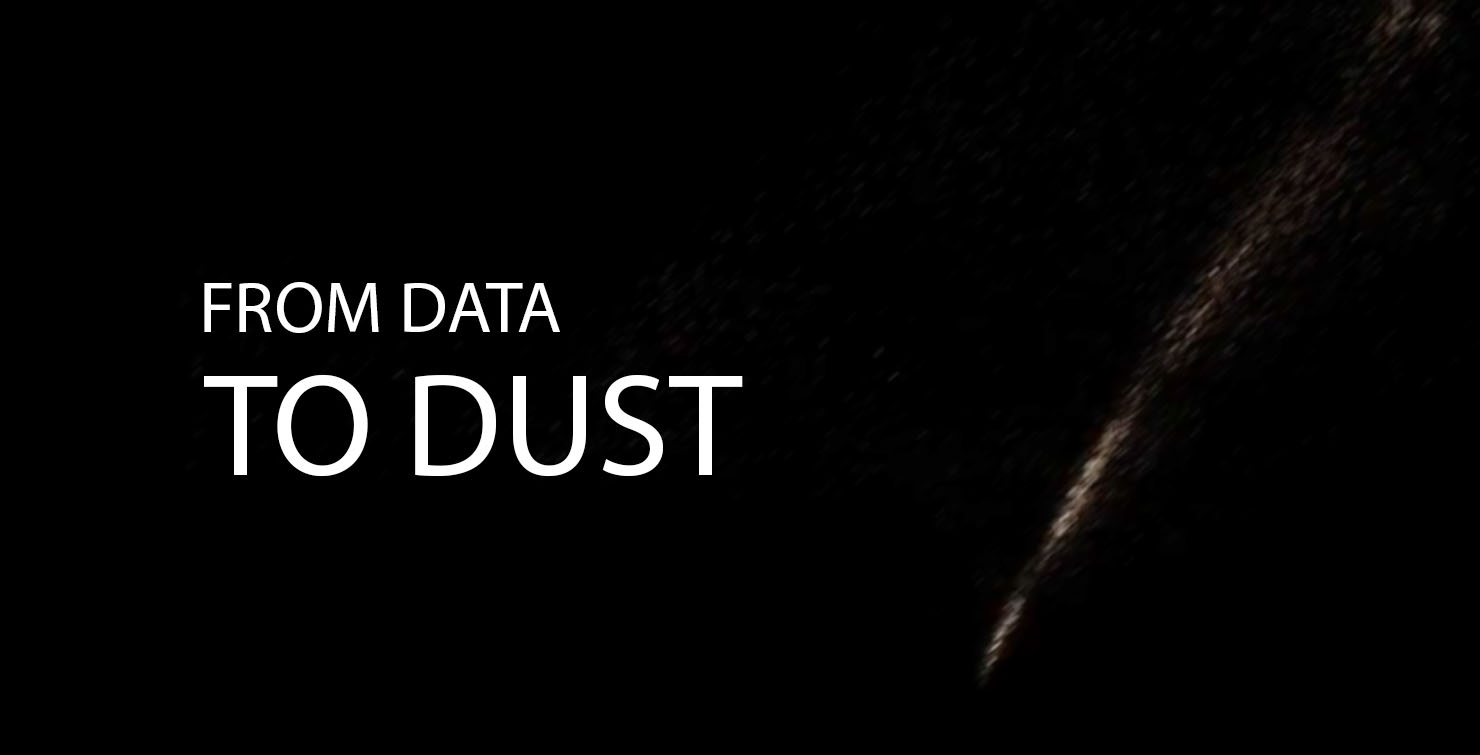

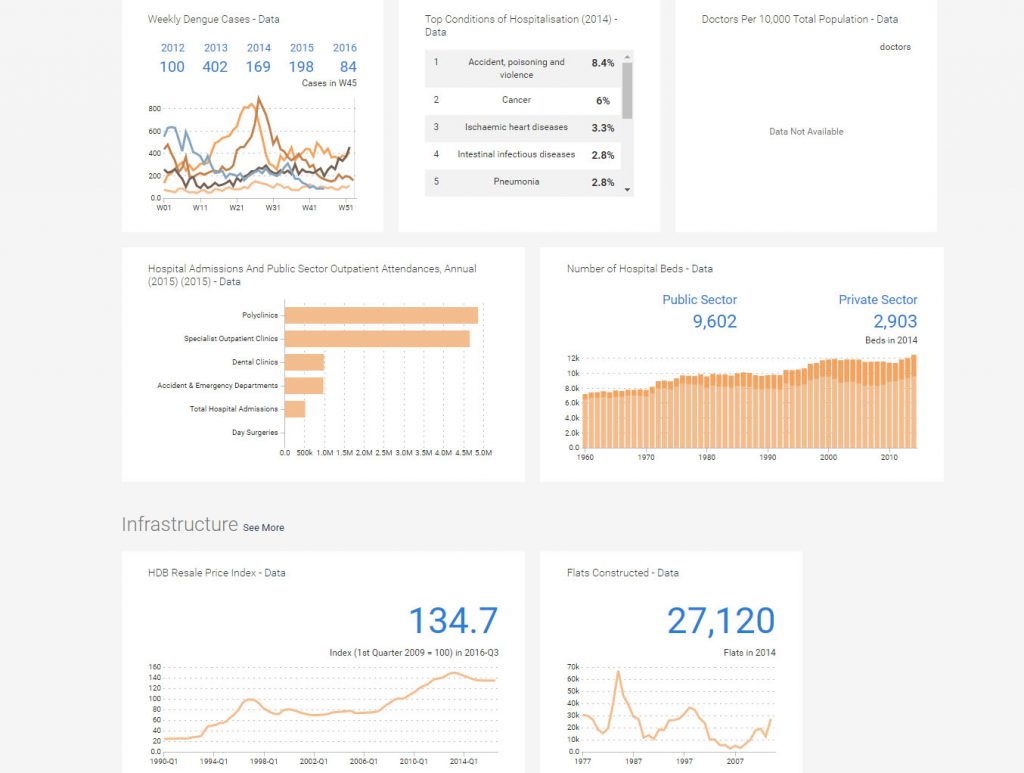
Recent Comments